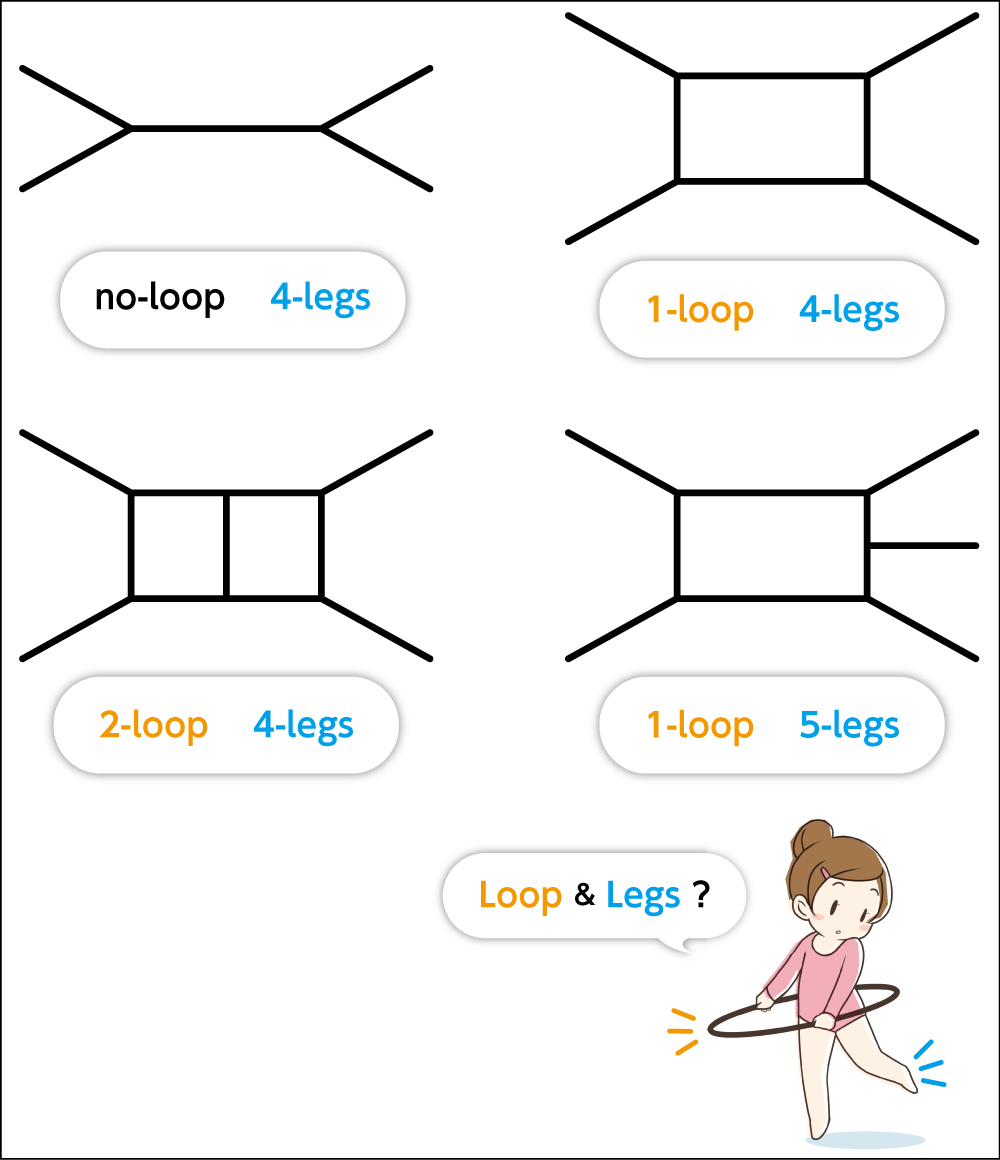The International Linear Collider will provide an experimental environment of unprecedented precision. One of the important issues at ILC experiments is the measurement of fundamental parameters with high precision, to match with the precision level of the experiment. The discovery of the Higgs particle brought demands on the ability to make predictions to a new level. Driven by those demands from the experimental results, scientists have been making efforts to develop techniques to calculate what will happen when particles collide, and these techniques have made big leaps in recent years. Sill, more studies are needed for ILC. Scientists gathered at Weimar, Germany for the Loops and Legs in Quantum Field Theory to tackle this challenging task.
This bi-annual workshop on elementary particle theory was organised by the theory group of DESY in Zeuthen. “For more than 20 years this meeting brings together about 100 scientists from all over the world to discuss the latest achievements on precise calculations for high energy particle physics in experiment, theory, computational technology and the associated mathematics. This year the focus was on precision LHC processes, but also those at the ILC. Many talks were dealing with Higgs-physics and challenges for the future. It is needless to say that very many of the burning questions ultimately will request the ILC to be decided,” said DESY theorist Johannes Bluemlein.
So, what are loops and legs?
For particle physics studies, scientists use Feynman diagrams that show what happens when elementary particles collide. When two particles collide and produce two new particles, the diagram has two inbound lines and two outbound lines. “We call the diagram showing this reaction ‘four legs.’ If three particles are produced, ‘five legs,’” said Junpei Fujimoto, a scientist at KEK. The higher the energy of the experiment, the larger the numbers of legs are expected. “For former electron-positron experiments up to 90’s, calculations for four-leg diagrams were enough to provide the reference for the experiments. But for the ILC experiments, we need precise multi-leg calculation to successfully compare theory and experiment,” he said.
For rough estimations, the diagrams have only branches and legs. But in order to get more accurate predictions, the diagrams will have circular shaped lines. Those are called ‘loops’. “When loops are involved, the difficulty level of the calculation goes up drastically. To make precise theoretical predictions, we need to have knowledge of the higher loop computation, which is not easy. It is important to discuss about the new ideas and formulas, new way of calculations or new findings.”
Fujimoto is a member of the GRACE group, which is working on constructing the systems to calculate Feynman amplitudes including loop diagrams. The group’s final goal is to construct the fully automatic computation system of multi-loop integrals. “We confirmed that the GRACE system is successfully working for one-loop calculation for both the Standard Model and the supersymmetric Standard Model. Now, we need to have a crack at the multi-loop integrals. I hope to have good worldwide cooperation for this challenge”.
In addition to the need of discussion, Fujimoto has another aim to attend the Weimar meeting.
“I wanted to report the latest information on ILC in Japan to prominent theorists in the world. ILC is really moving forward, and we have a good chance to start the experiment in the next decade. The power of the people who came to the Weimar meeting is quite important to the ILC’s success, and I wanted to remind them of that.”
Participants know very well that some calculations demanded by ILC are quite tough, and also request much CPU power. Nevertheless now it is just the time to start consideration to attack such a huge calculations, and to seek a new way to overcome.


Recent Comments